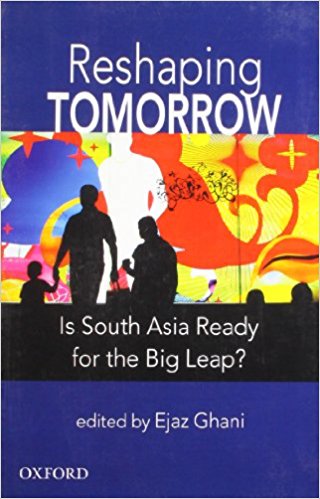Two kinds of debate are dominant in discussions about South Asia’s future: one largely political; the other, at least on the surface, largely economic.
The first insists on regional cooperation for the inter-state political harmony that is considered to be a precondition not only for economic growth, but for the region to play a role on the world stage commensurate with its size and population. The positive argument has long been assumed by India’s foreign policy planners: that poor neighbourhood relations mean lost growth opportunities: the most natural markets for our expanding production are there; resources like gas and oil and an abundant hydroelectric power potential are there; and, to mention one more example, the development of our northeastern regions would be facilitated by open ended cooperation from Bangladesh.This also, which is the negative argument, delays India’s arrival at the high table of the world’s great powers; if neighbourhood disputes are allowed to come onto the agenda there, the effect would at the least be debilitating insofar as our ambitions to be recognized as a great power and to secure a permanent seat in the UN Security Council are concerned. Prime Minister Manmohan Singh is one of the milder exponents of the positive argument, often saying, as he did at the seventeenth SAARC summit in the Maldives in November 2011, that all the SAARC countries should benefit from the comparative advantage that their natural resource endowments and young populations give them.


Wow, superb blog layout! How lengthy have you ever been running a blog for?
you make running a blog look easy. The whole glance of your website is magnificent, as smartly as the content!
You can see similar here e-commerce
prednisone mexico
125 mg metformin
online order prednisone 10mg no prescription